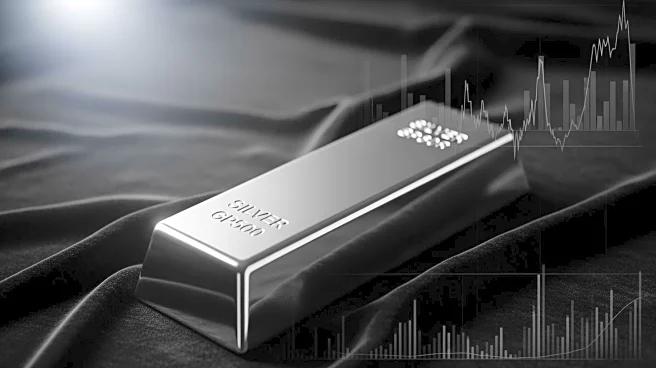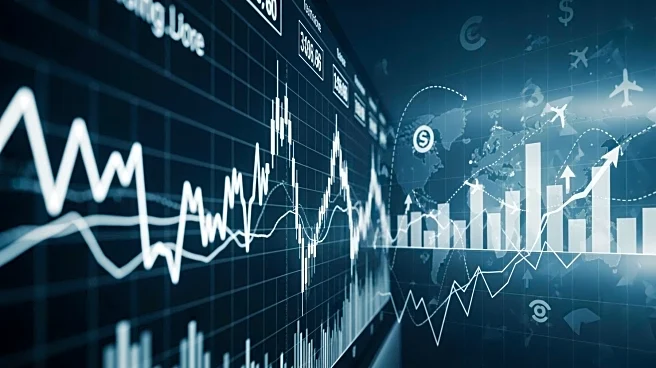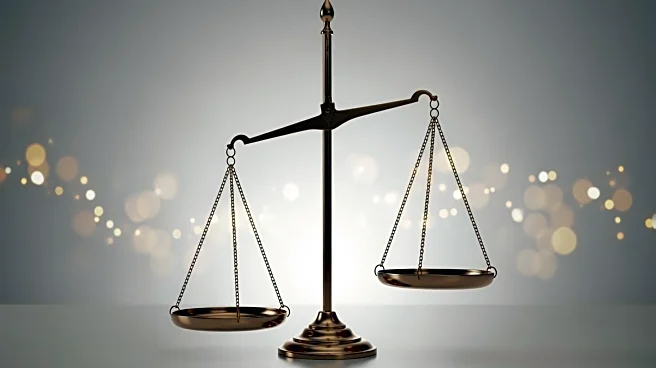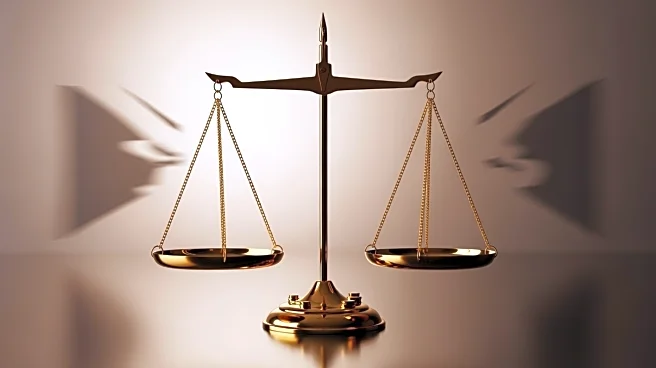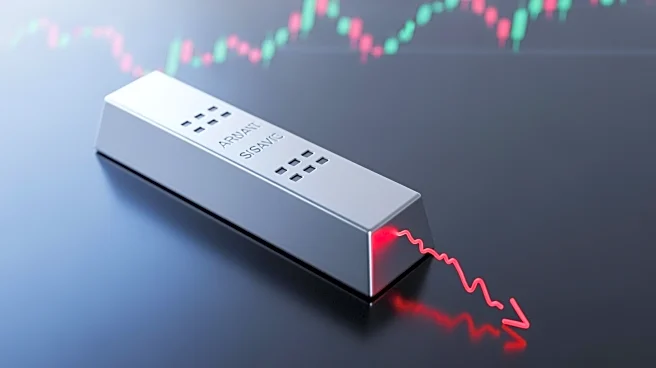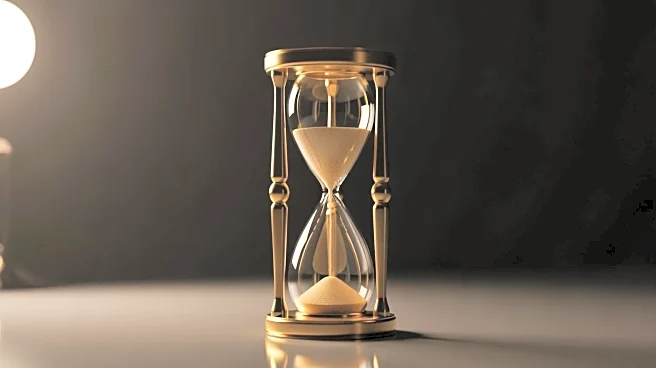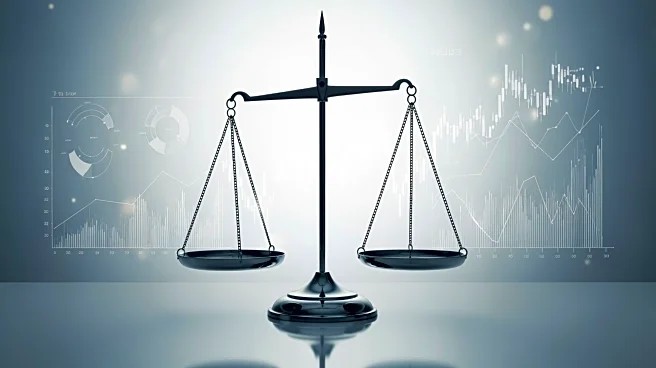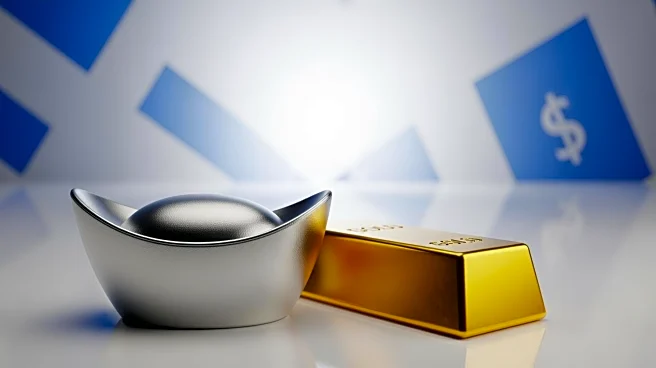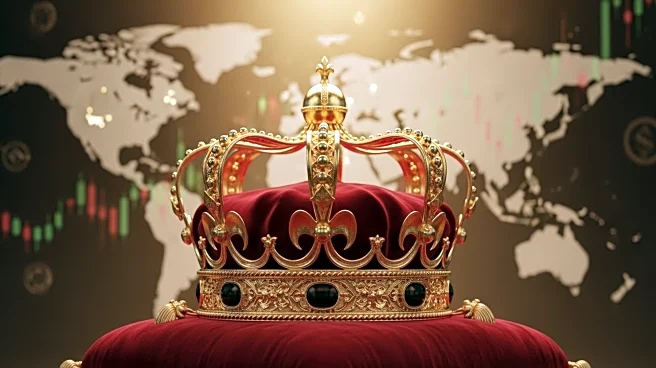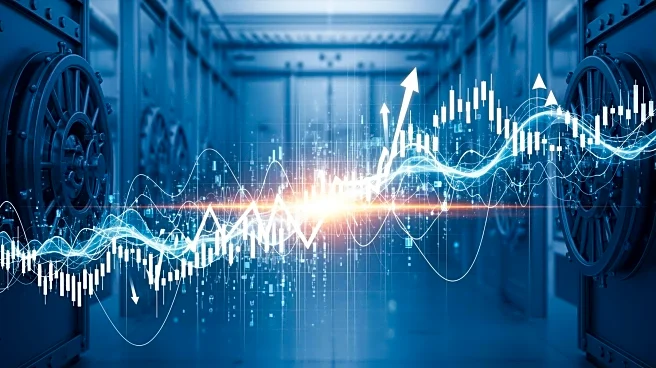What's Happening?
Silver prices have experienced a significant decline, marking the largest drop in six months. The price of silver fell by more than 6% as the broader precious metals market retreated following a recent rally. This decline is attributed to easing concerns
over credit quality in the United States and reduced trade tensions between China and the U.S., which have diminished the demand for gold and silver as safe-haven assets. Additionally, a historic squeeze in the London silver market has shown signs of easing, leading to profit-taking by investors. The retreat in silver prices coincides with a rebound in U.S. Treasury yields, supported by reduced concerns over U.S. regional banks and their lending activities.
Why It's Important?
The drop in silver prices is significant as it reflects broader market dynamics and investor sentiment. Precious metals like silver and gold are often sought after as safe-haven investments during times of economic uncertainty. The easing of concerns over U.S. credit quality and trade tensions suggests a shift in investor confidence, potentially leading to a reallocation of assets away from precious metals. This development could impact investors and industries reliant on silver, such as electronics and jewelry manufacturing. The price movement also highlights the interconnectedness of global markets, where changes in one region can influence commodity prices worldwide.
What's Next?
As the silver market stabilizes, investors and market analysts will likely monitor further developments in U.S. economic indicators and international trade relations. Any resurgence in economic uncertainty or geopolitical tensions could reignite demand for silver and other precious metals. Additionally, the response of central banks and financial institutions to these market changes will be crucial in shaping future price trends. Stakeholders in industries dependent on silver may need to adjust their strategies in response to fluctuating prices.
Beyond the Headlines
The recent price drop in silver also raises questions about the long-term role of precious metals as safe-haven assets. As global markets evolve, alternative investments such as cryptocurrencies may increasingly compete with traditional assets like silver and gold. This shift could lead to changes in how investors diversify their portfolios and manage risk.
